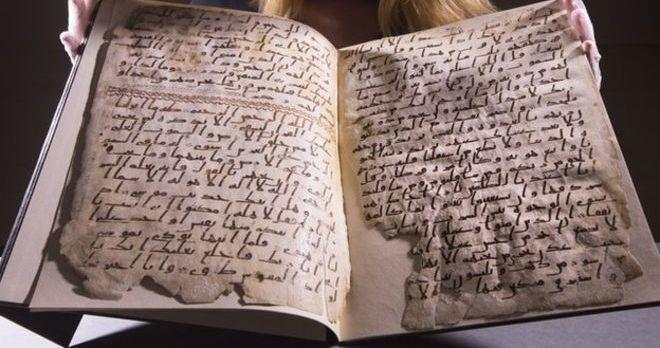Forum Held in Egypt on Birmingham Quran Manuscript

It was organized by Egypt’s Books and National Archives Institute under the title of “Birmingham Manuscript in Historic Perspective”.
A number of Egyptian scholars, including Aiman Foad, professor of Islamic history, will speak at the forum about the history of Quran writing and the development of Kufic script, one of the main scripts for writing Quran.
Back in July, fragments of a Quran copy were found in the collection of the Cadbury Research Library at the University of Birmingham.
According to a University of Oxford radiocarbon analysis, the parchment on which the text is written dates back to the period between 568CE and 645CE, close to the time of Prophet Mohammad (PBUH).
The parchment came to the library with a mass of other early Middle Eastern manuscripts collected in the 1920s by the scholar, theologian and Chaldean priest Alphonse Mingana, but it is not known where he found it.
However, the parchment and the beautiful early Arabic script closely resemble other fragments in the Bibliothèque Nationale in Paris from the earliest mosque in Egypt, founded in AD642.
The significance of Birmingham’s leaves, which hold part of Suras (chapters) 18 to 20, was missed because they were bound together with another text, in a very similar hand but written almost 200 years later.



